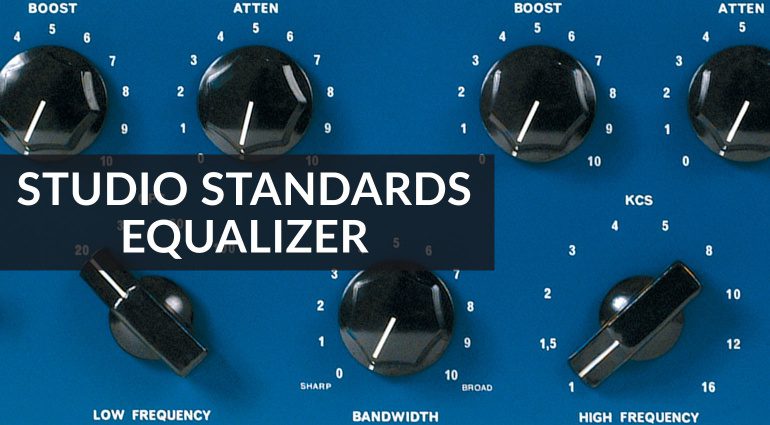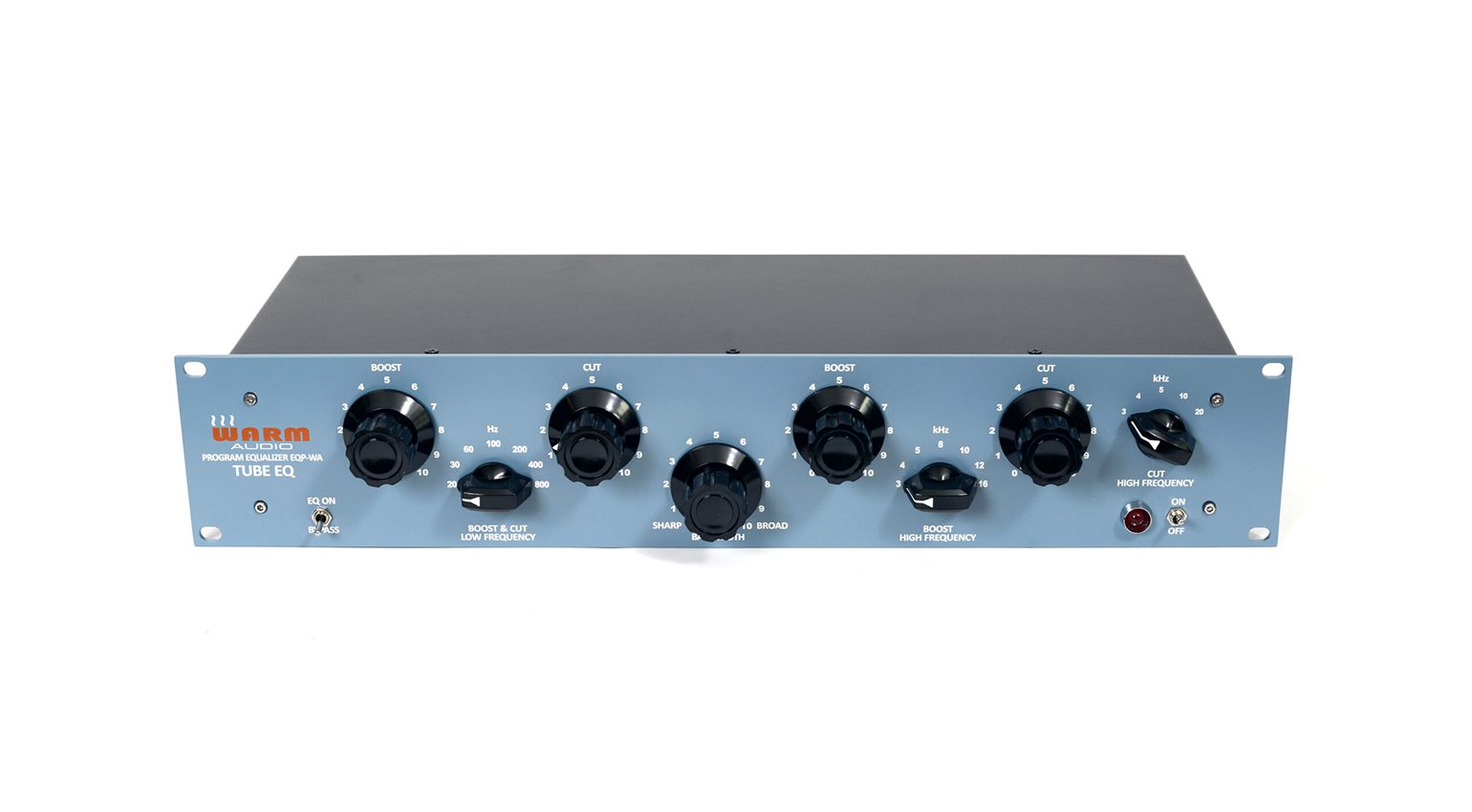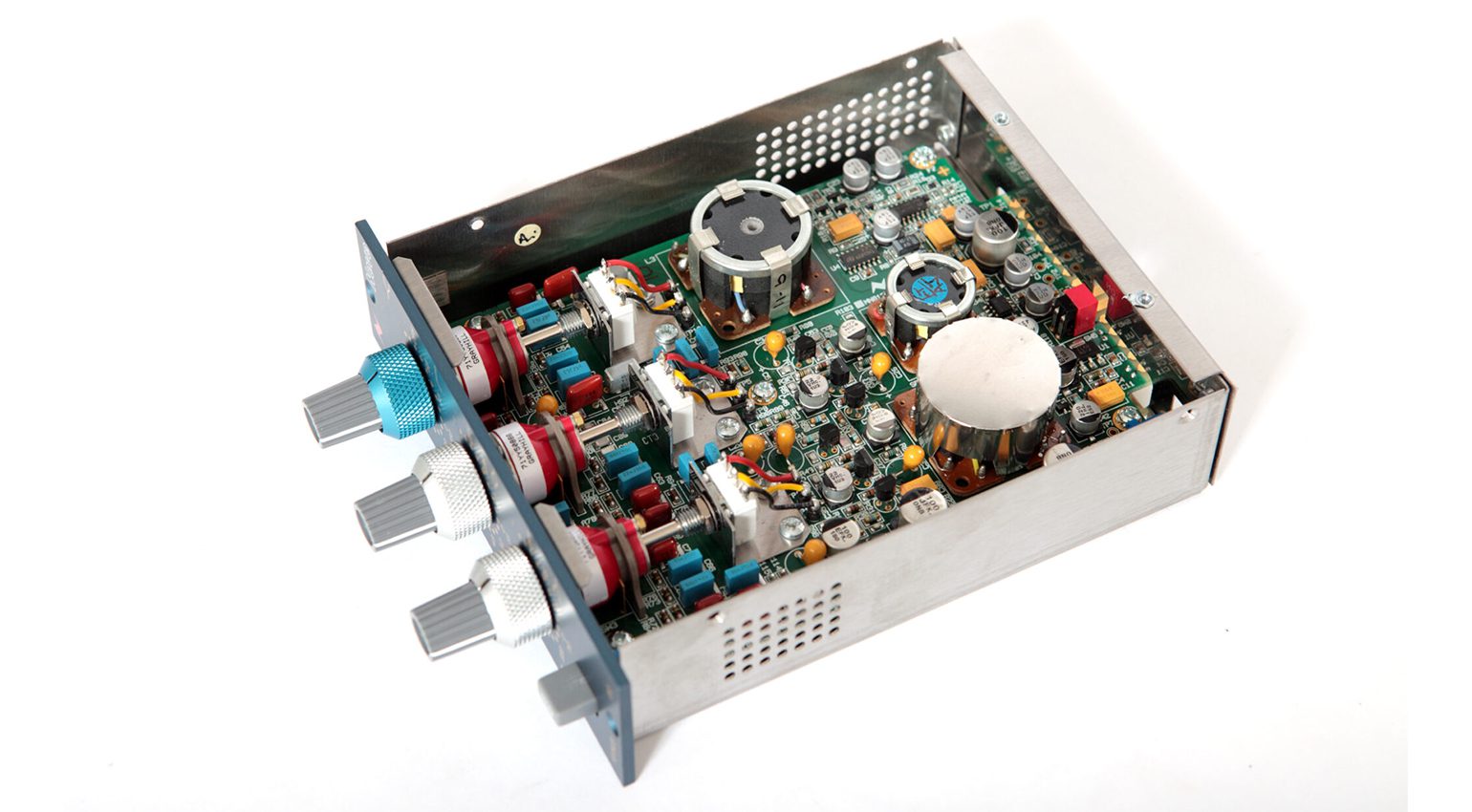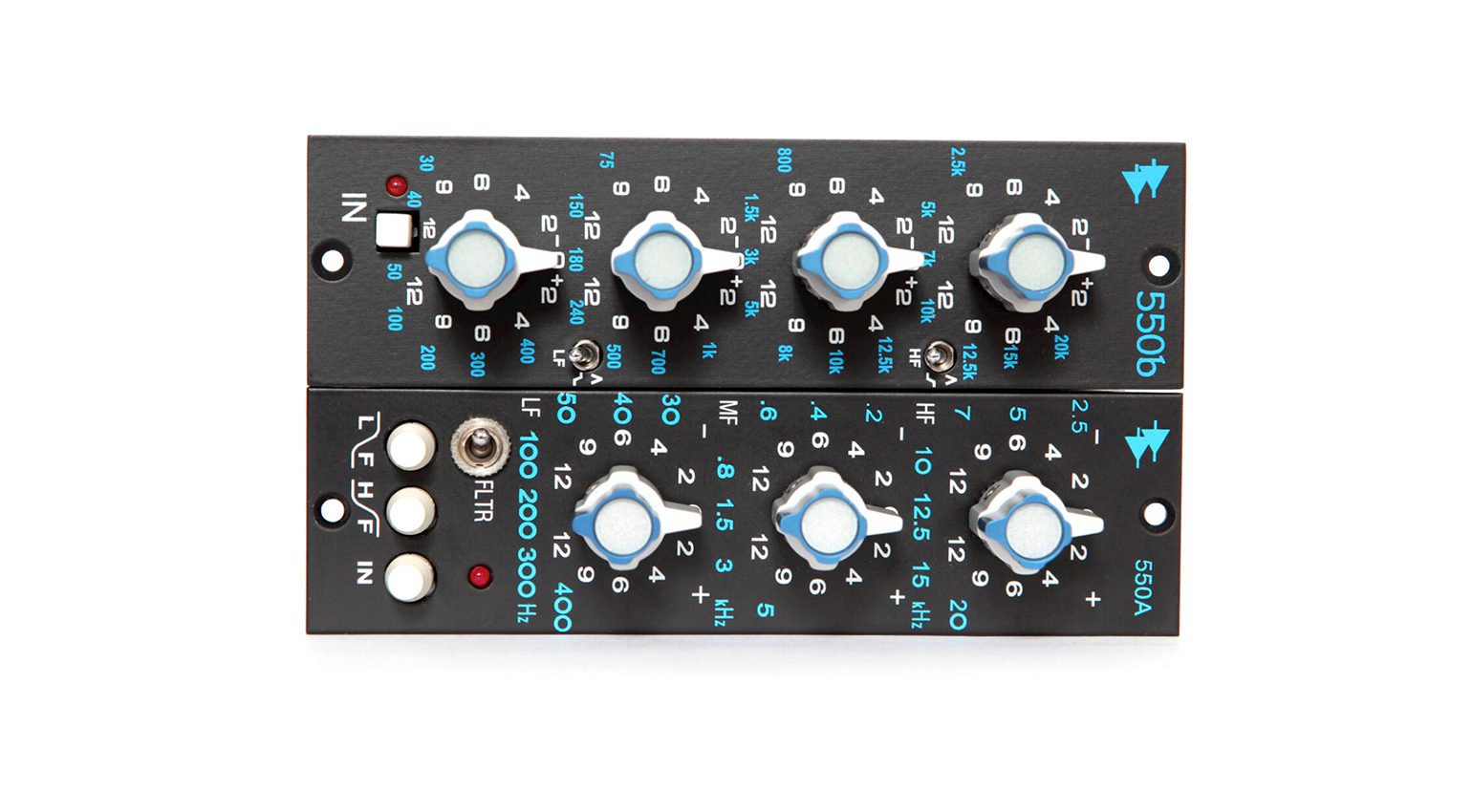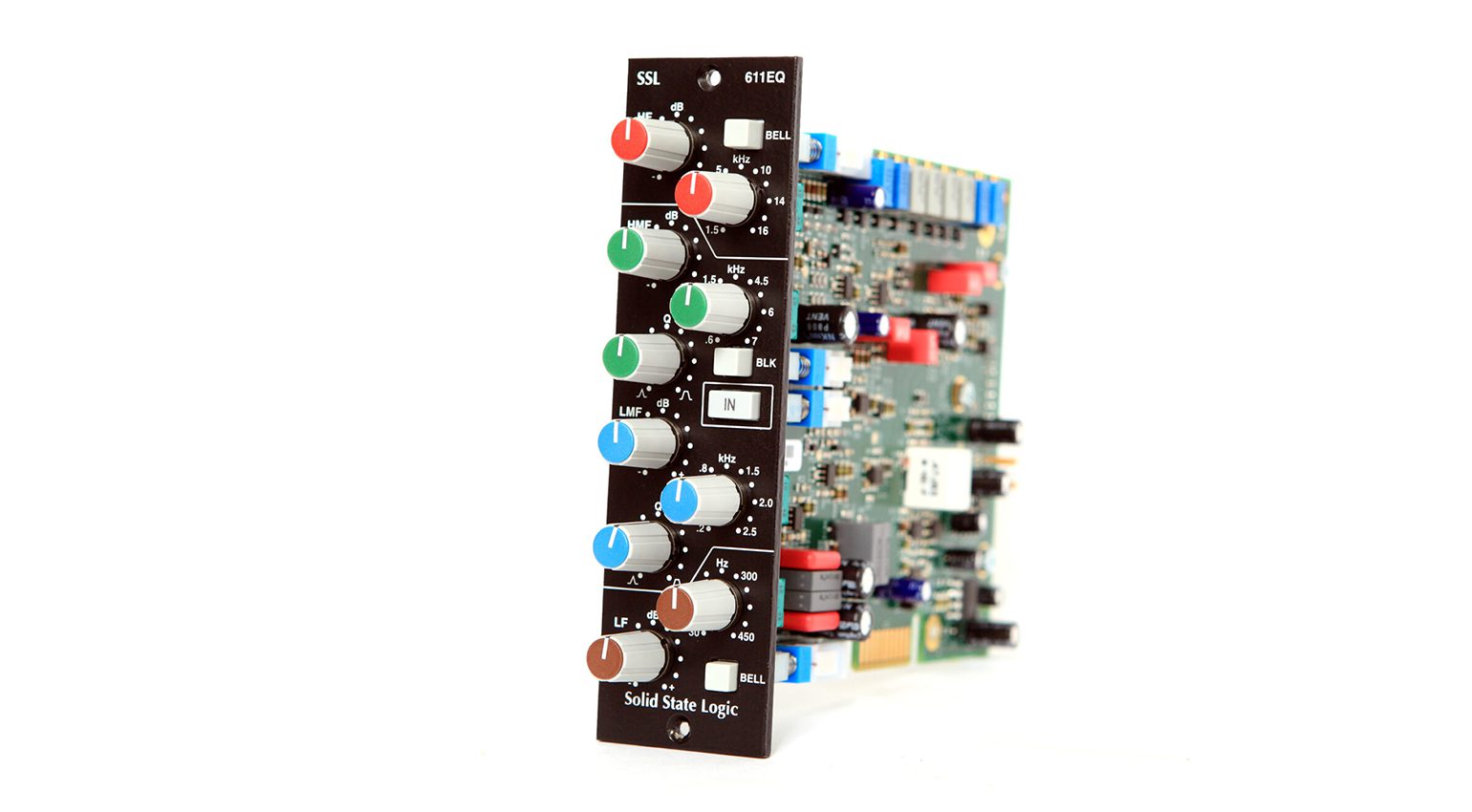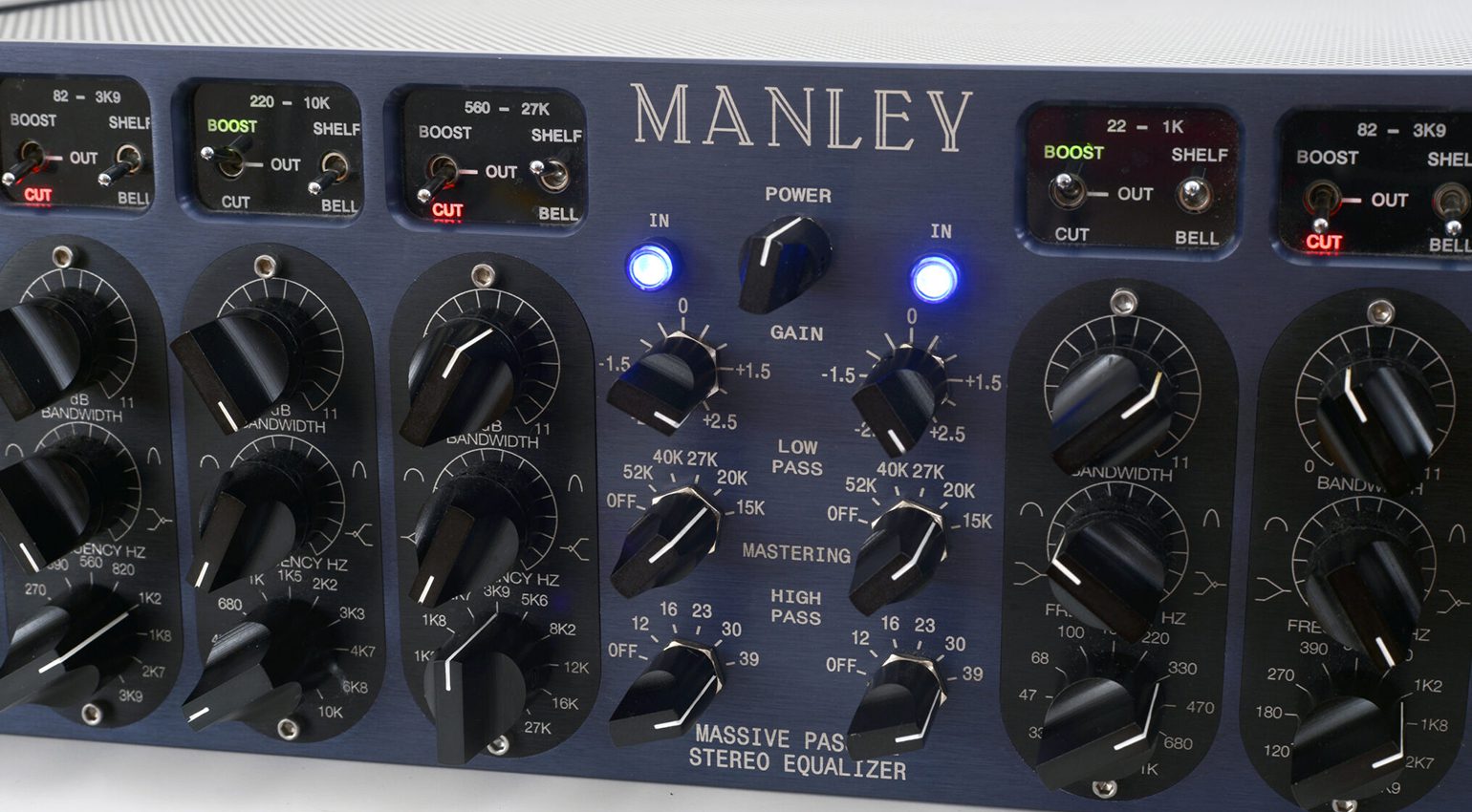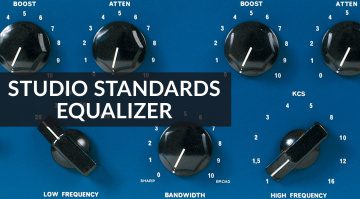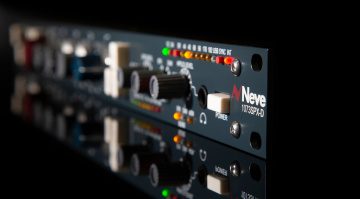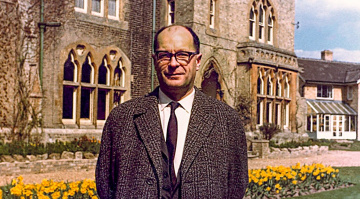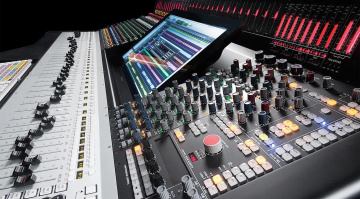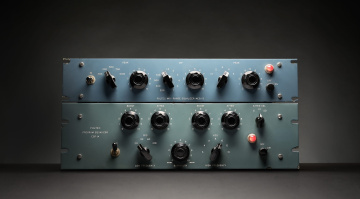Studio Standards: Classic Equalizers that made History
When someone asks me to explain in layman’s terms what exactly is done during mixing and mastering, it is always easiest to start with the equalizer. The equalizer is the most important tool in any engineer’s arsenal for shaping the sound of a record. In this episode of our Studio Standards series, I’ll introduce you to some of the most famous and influential classic equalizers in history.
Even to someone who doesn’t know a thing about recording, it is immediately obvious that a signal can be too dull or too thin and that it is therefore sometimes necessary to turn up the treble or bass. Equalizers are the central tool at the engineer’s disposal for shaping the sound of a recording.
If you know a few things about equalizers, you can use them not only to compensate for errors in room acoustics or recording, but also to highlight certain instruments, change their characteristics, or even create sounds that don’t exist in the real world.
Unlike compression, which was initially a purely technical process in which it was hoped that the sound would “suffer” as little as possible, equalization, the straightening out of a crooked frequency response, was a welcome creative tool from the earliest days of audio engineering. Later, when sound engineers started experimenting with sounds, pure EQ-ing may have been less sexy than distortion, phasing, reverb, Auto-tune and the rest, but the history of frequency bending shows very well how the spirit of the times has always changed the demands on sound engineering and produced some classics that shape our listening habits to this day.
Pulse Techniques (Pultec) EQP1-A
None is as classic as this one. In the mid-1950s, a two-man company called Pulse Techniques revolutionized recording studio technology by developing a new type of passive EQ with an integrated amplifier unit.
This device alone is an excellent illustration of the history of audio filters in particular and sound engineering in general. Initially, the devices were quite a hit because they offered possibilities that would have been unthinkable before: One could smoothly (!) correct the shortcomings of a recording after the fact. The sound no longer depended exclusively on the miking and room – a dream had come true.
However, the tube technology and the peculiarities of the rather simple equalization circuit were anything but faithful to the sound; they left their unmistakable mark on everything that passed through them. Developers around the world worked tirelessly for decades to find ways of getting rid of the unpleasant side effects of these early devices, which led to the Pultec almost being forgotten in the 1980s. The company was dissolved and the patent was sold.
Return of the Pultec
It wasn’t until digital technology finally put the goal of completely neutral frequency adjustments within reach that people began to realize that something was missing. Ever since then, prices for used Pultecs have skyrocketed. They are now loved not in spite of, but because of their character and quirks. The transformers play a major role in this, and the prices on the used market suggest that the general rule is “the older the better”.
In the meantime, the Pultec has become so widespread as a plugin or clone that its peculiarities (the “Pultec trick”!) are now part of “audio engineering 101”. The company Pulse Techniques is also back and they’re building new devices. A vintage Pultec, however, is as hard to get as it is unaffordable – and unfortunately, it also remains unattained.
A vintage EQP1 provides size and depth, unobtrusive sparkle in the highs and velvety bass, and it’s not at all presumptuous to say that compared to many of its clones, it seems like a celebrity chef’s dish next to a TV dinner. Both make you full.

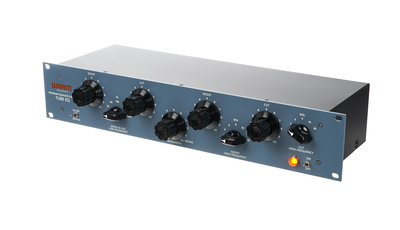



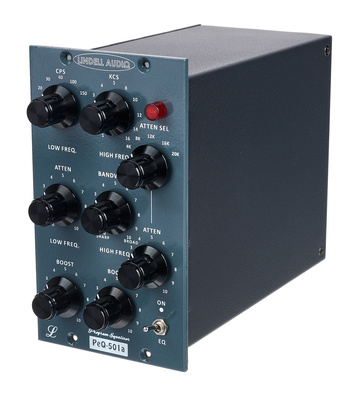
Classic Equalizers: Neve 1073
Here comes another example of the changing times. The Neve 1073 is known primarily as the preamp that was built into legendary early consoles, but the included equalizer also left its mark on the history of audio engineering. Rupert Neve had been designing transistor-based mixing consoles since the early 1960s. At that time, solid-state technology was still in its infancy. But it already promised to put an end to the undesirable side effects of tube technology. The history of his mixing desks can be seen as a gradual development. Each generation edged ever so slightly closer to the goal of ultimate fidelity. In this regard, the Focusrite consoles of the late 1980s are an example of perfection; from this perspective, the Neve 1073 is a flawed first attempt.
And yet it is precisely this, i.e. the very unique character, that is the reason for the 1073’s fame. Once switched on, a Neve 1073 equalizer leaves no stone unturned, so to speak. Even in a neutral position, nothing leaves the unit the way it came in. Everything gets an extra thick helping of cream and it gets even “worse” when we start tweaking the bands. Even small adjustments cause drastic changes in character.
The 1073 is still manufactured today and of course, it’s also been imitated countless times. However, I don’t know anyone who would say that a mint 1073 sounds exactly like a vintage unit. As you might expect, these are now very rare and extremely expensive.

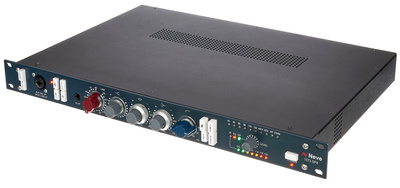

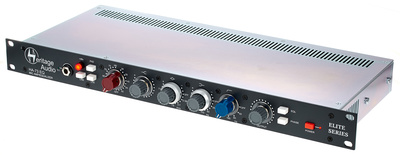
George Massenburg Labs 8200: the Control Freak
As much as I love devices that have “their sound”: Mojo isn’t everything. The 8200 was the first fully parametric equalizer in history. At first glance, it seems to have been developed for pedantic control freaks. One might think you’d have to be real fun at parties to enjoy a device that allows you to boost 164 Hz by 0.3 dB with a filter Q setting of 0.8 and minimal coloration. Gear-wise, the George Massenburg Labs 8200 is the pursuit of pure perfection.
But even this gem isn’t immune to the course of history. Digital EQs can now do everything even more cleanly and, most importantly, they can be stored and recalled. But they are digital and sound like it (one more, the other less). So nowadays, when you turn on a GML, it’s not just about pure perfection. Because even the GML 8200 has its will. It’s something like the sophisticated gentleman of EQs. Mojo is also sometimes a question of dosage, and more isn’t always more.
Classic Equalizers: API 550A / 550B
Like Neve, Automated Processes Incorporated, were among the pioneers of transistor technology. However, it can hardly be said that API’s early products were lacking fidelity that was later achieved. One could rather say that API’s developments are committed to a certain sound ideal that was already achieved in the early days of the company’s history and wasn’t fundamentally changed thereafter. Even the manufacturer’s first mixing consoles already used the 500-series format, for example, the 500 EQ, a predecessor of the legendary 550A and 550B modules. This has the pleasant side effect that it is still possible to get current API EQs at a fair price, which are basically the same as those vintage classics that helped shape so many classic recordings.
The character of an API 550A can best be described as clear and punchy. Unfortunately, both of those buzzwords are rather meaningless. So I guess I’ll have to try to narrow it down a bit more. An API EQ is at its best where the power of a piece of music needs to be emphasized. In other words, wherever elbows are needed but the signal must not be compromised.
The user interface is very traditional. Only certain fixed frequencies with a fixed bandwidth are available, and on top of that, they can only be adjusted in rather coarse steps of 2 dB each. This means that intricate surgical operations are not possible, but that’s not what these are built for. It is not primarily about correction, but about shaping.

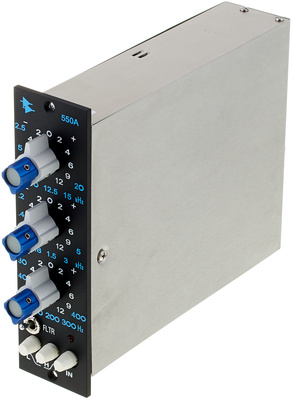

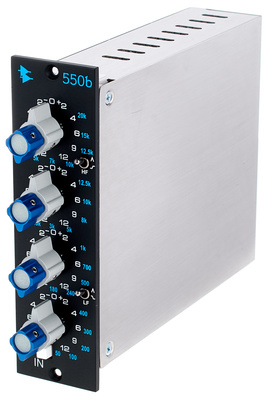
SSL Channel EQ
Name one of your favorite songs and it was almost certainly produced on an SSL console. That was the saying back in the nineties, when hits were still produced in big studios. Even though that has changed somewhat since then, it’s still that sound that defines pop (available as the SSL 611EQ, for example).
The success of SSL’s studio consoles has a lot to do with their groundbreaking routing capabilities. So it’s not easy to say if it’s just coincidental that their sound shaped our expectations of pop, because those things just happened to be everywhere people were serious about music production. The technical quality, however, is and always has been above reproach. Although the preamps also play a certain role and the bus compressor sounds almost iconic, it is primarily the equalizers that shaped the legendary SSL sound and with it a whole era of pop. If I had to describe the character of an SSL Channel EQ using two catchphrases, I would say “British elegance” and “absolute professionalism”. Anything but rough-around-the-edges, yet powerful, it’s something like the (early) James Bond of EQs.

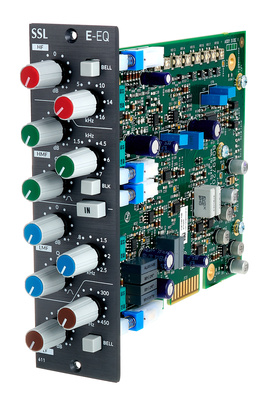
Classic Equalizers: Manley Labs Massive Passive
Strictly speaking, the Manley Massive Passive is something of an evolution of the Pultec design. As such, it is a passive sound filter that appears in combination with a tube amplifier. However, this is where the similarities end. Where a Pultec does its thing magically, but relentlessly, the Massive Passive always remains modern and classy. The possibilities are finely balanced and so detailed that anything is possible, from sound shaping to precise surgical procedures.
Unlike most of its mixer-derived peers, the Massive Passive was conceived from the beginning as a specialist for a particular sound. So its character isn’t actually an undesirable side effect, it is fully intentional. There are plenty of disputes about the sound of a Manley. Some say that it has a typical “midrange hole” and it is quite obvious where this impression comes from, considering its conspicuously gentle behavior in this range. However, I would like to counter that it by no means takes away any of the substance of the signal. It’s all part of its sonic personality, which I would describe as discreet, noble, and pleasant. But as always, that’s ultimately a matter of taste.

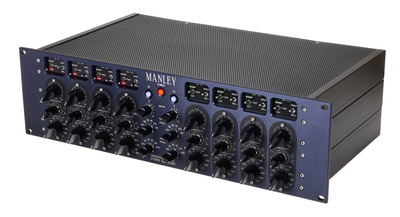
Waves Q10: the Workhorse EQ
The Waves Q10 is a plug-in – so what is it doing on a list like this, you might think. However, unlike most equalizer plug-ins I know, the Q10 doesn’t emulate an analog classic. Instead, it set its own standards. And the fact that it sounds very neutral compared to most of the devices presented here doesn’t mean at all that it has no “sound”. You can probably hear it on every production of the last three decades, whether you like it or not.
I would go as far as to say that the Q10’s main appeal lies in qualities it doesn’t have. It doesn’t sound particularly powerful, but it doesn’t sound particularly refined either. Drastic boosts sometimes sound a bit blurry and a bit sharp in the highs. Drastic cuts (especially with a narrow bandwidth) definitely do audible damage to the substance of the material. In between, everything sounds a bit soft, yet quite transparent and relatively unobtrusive. A workhorse.

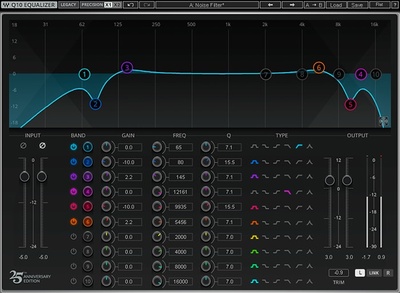
Classic Equalizers: Honorable Mentions
Considering the long list of famous studio consoles I haven’t listed here, it is obvious that a lot of equalizers that can be heard on legendary recordings are missing from this list. However, consoles such as the Trident 80B, to which we owe the sound of the early Queen albums, or the Harrison 32, which shaped the sound of Michael Jackson’s Thriller and many of Abba’s hits, are not so widespread that one could speak of a standard.
I have also left out some outboard gear. One honorable mention is the TC2240 Parametric EQ, a mid-range unit that was more or less superseded by comparable plug-ins. Another one is the Crane Song Ibis. It enjoyed great popularity in high-end studios until a few years ago, but has now fallen a bit out of fashion. Oh, and there was this graphic EQ from Klark when they weren’t Behringer. A good unit that every studio had in its rack somewhere. And I could think of more if I intended to go beyond the scope of this article. Fortunately, I do not intend to do so.
So I’d like to leave it at the above selection, not without pointing out once again: No, a good equalizer does not make a good sound. A bad EQ sounds bad, but a good one only sounds as good as what you do with it.
More about Equalizers and classic Studio Hardware
- 10 Most Common Equalizer Mistakes
- Best 500-series Modules for your DAW Workflow
- History of the 1176 Limiting Amplifier
- Best 1176 Compressor Reissues, Clones and Alternatives
Note: This article was originally published in German on bonedo.de. It has been adapted for Gearnews.
* This post contains affiliate links and/or widgets. When you buy a product via our affiliate partner, we receive a small commission that helps support what we do. Don’t worry, you pay the same price. Thanks for your support!

 4,6 / 5,0 |
4,6 / 5,0 | 